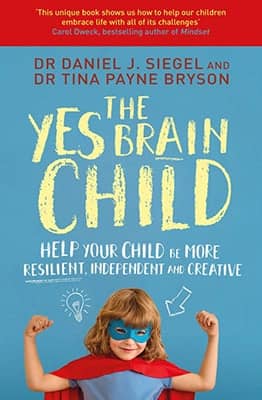Year 12 Pathways: Finding the Right Fit for Every Student – Jennifer Oaten

Our world relies on skilled workers who are passionate about their work and committed to making a difference. From doctors who heal the sick, lawyers who mediate, educators who inspire a love of learning, marine scientists researching the ocean’s mysteries, cybersecurity experts who protect our digital footprint, every profession plays a vital role in our society. Our retail workers provide exemplary customer service, while care workers deeply respect the dignity of those they serve.
Each of these roles needs different knowledge, skills and values, and we need different pathways for our students to develop the capacity to succeed in these and other careers.
There is much debate among educators locally, nationally, and internationally about Year 12 Pathways and the future of ATAR.
During enrolment interviews I ask parents, “what is your hope for your daughter during her time at the College?” Very few parents say a high ATAR. Most want opportunities for their daughter to be happy, confident, well-rounded individuals who have values, a voice, and an awareness of the needs of others. They also want their daughter to reach her potential academically.
As schools, perhaps we need to be clearer on how we define success for individuals and for us as a school. What is it that our parents and our schools want most from our graduates. Students have different strengths, which we need to identify and develop. All students need courses that personally challenge them while providing the best possible post school options.
At Santa Maria College, we promote, value and recognise academic success, but this looks different for each student. For some, this means an ATAR Pathway; for others an ACCESS Pathway and for others a Uni-Ready Pathway.
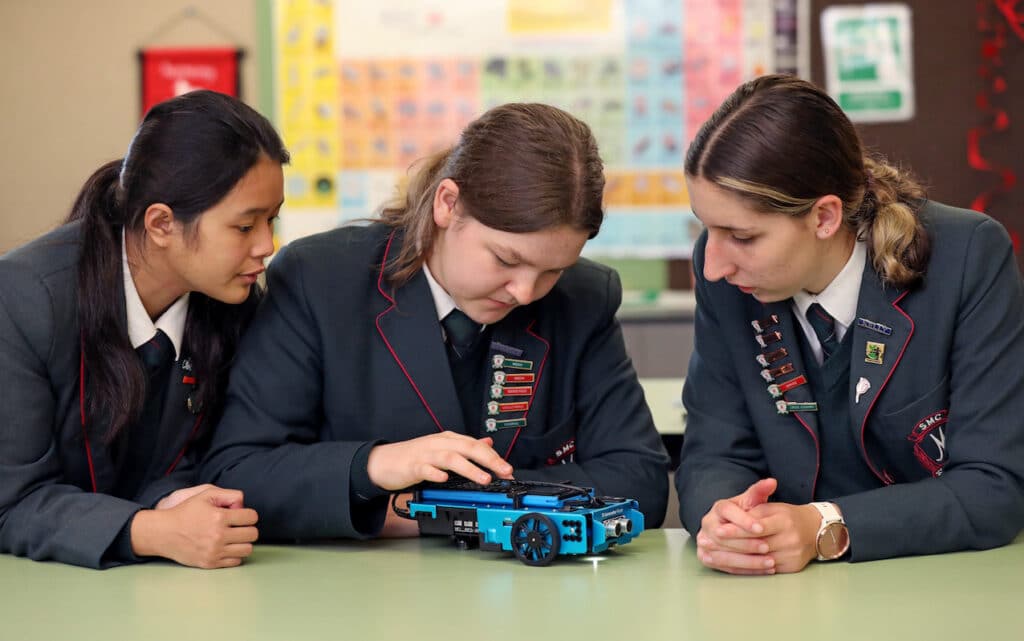
ATAR Pathway
I believe there is a place for ATAR and celebrating those high achievers present in all schools and their abilities. These committed students often make many sacrifices but thrive on the challenges of academic rigour.
One of the key issues of the ATAR courses is the amount of content teachers are required to cover with their students. Students often question the relevance of syllabus points and how they relate to their lives. The quantity of the content which is required for the ATAR examinations is what reduces the time available for teachers to provide more opportunities for in depth learning, analysis and application of learning to life.
ATAR scores are great for universities. The scores provide them with a simple way of ranking students so they can select the top proportion for their courses. It is also an efficient way of allocating limited places for high demand courses. The big question often asked is whether a high ATAR is a good predictor of success at university. There is limited reference data available to answer this question.
I believe our students know they are more than a score and that their ATAR does not define them, that it is a number that will be quickly forgotten.
In 2022 there was a decrease of 1000 students undertaking ATAR in WA. The reasons suggested for this decrease include students taking easier pathways. The ‘Gen Easy’ phrase does not sit well with most educators. Santa Maria College has more students doing Mathematics Specialist in Year 11 than ever before and more students doing Physics in Year 10 than ever before.
When interviewed, Education Minister Tony Buti said one of his areas of focus will be on increasing the number of students undertaking ATAR. Still, the reason behind this decrease needs to be more clearly understood from the perspective of students.
The media also believes that median ATAR rankings played a role in lower student numbers, with schools sometimes refusing to let students take courses because they were not predicted to score high enough. I don’t believe this is the case. Santa Maria College definitely gives choice to students and families but also encourages choosing courses for success.
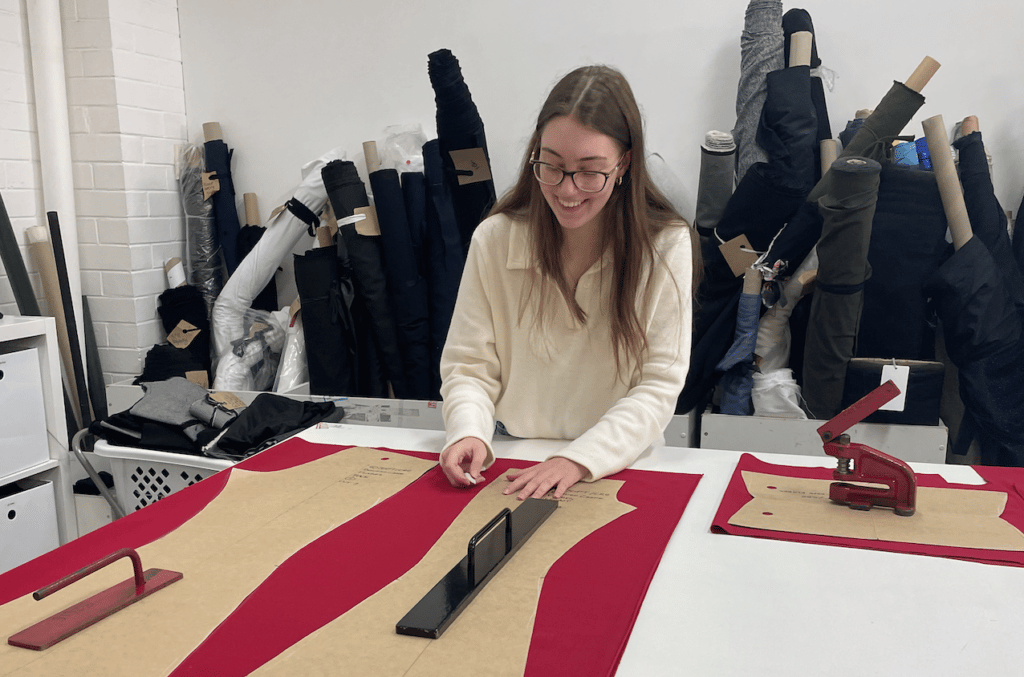
ACCESS Pathway
Some parents still believe success for their daughter can only come from completing ATAR yet some of our greatest success stories have been from those who have chosen ACCESS and thrived on the opportunities this pathway provides. The name ACCESS was chosen as it is a pathway that provides ‘access’ to university, TAFE, work, or apprenticeships.
In recent years, one of our top Year 10 students, a talented cyclist, decided ACCESS suited her individual passion and training schedule to race at national level. This choice enabled her to be very successful in both aspects of her life at that time. It is not an easier pathway, but a different pathway with different challenges. 25% of our students are now choosing to study one of our many VET pathways, many whom will pursue university pathways.
Parents and students often choose the ACCESS pathway to ensure positive wellbeing can be maintained, especially for those students who find preparation and completion of examinations and other formal assessment difficult to manage.
Perhaps more students in Western Australia are also unwilling to put themselves through the stress of completing ATAR when there are alternatives.
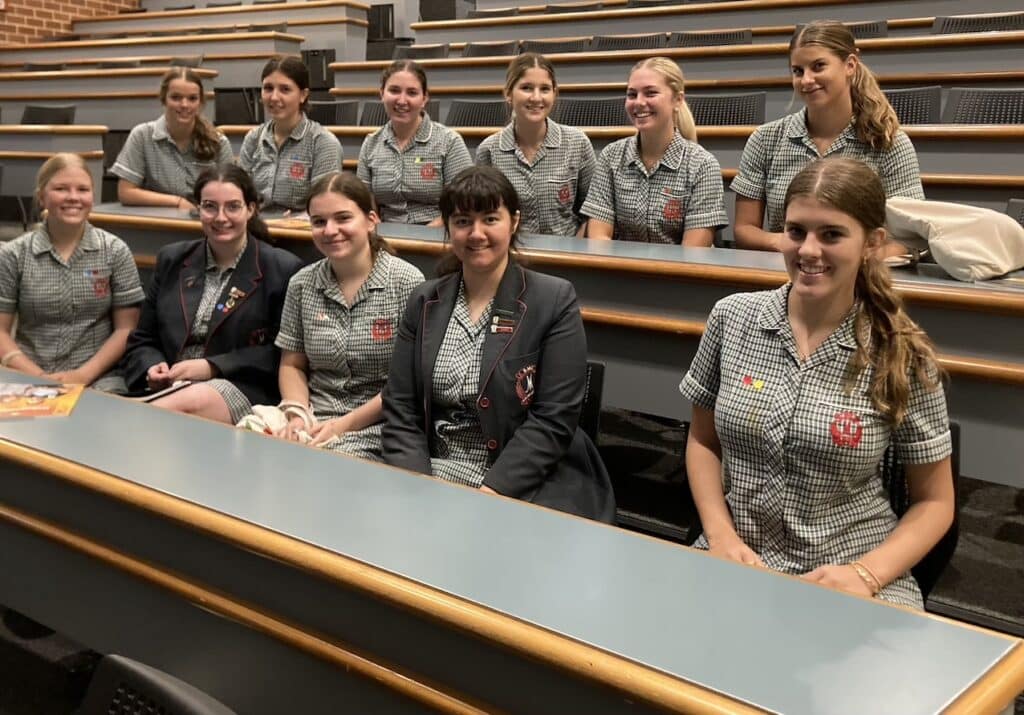
UniReady Pathway
UniReady is a third pathway offered at the Santa Maria in Year 12. This program is coordinated by Curtin University. Upon completion of the program, students are awarded a notional ATAR of 70, which can then be used to satisfy the entry criteria for a range of degrees at Curtin and other universities. Ultimately, the program aims to develop students’ transferrable academic skills to improve university success.
Future Opportunities
Connecting Learning to Life is our strategy that involves developing attributes such as collaboration, problem solving, creativity, communication, resilience and innovation. These are valued attributes both at school and in life beyond school. While we have a focus on developing these attributes through our emPOWER programs, our classroom experiences and our co-curricular, they are very difficult to measure. Our goal is to provide a means of communicating student progress in these areas. This will provide students with a learner profile.
A Learner Profile may or may not encompass results, individual traits and strengths, along with information about their interests, values and skills such as communication, critical thinking and creativity. Prior learning and work-ethic could also be incorporated.
Universities are slowly changing their entry requirements. Many faculties are using portfolio work, interviews and school course work to accept students before ATAR results are even released. UWA is the latest to add Experience Based Entry enabling a broader range of students to apply for entry to a select number of degrees. Experience Based Entry recognises how all levels of learning and life experiences, such as academic study, extracurricular activities, community engagement, volunteering, and work experience can be a valuable source of information. Universities have a role to play in creating this change too, with many institutions already taking steps to reduce their reliance on ATAR.
Conclusion
We need to ensure that our education opportunities meet the needs of all learners, regardless of their strengths, abilities, or backgrounds. We also need to respect teachers and school leaders as the experts rather than bureaucrats on what is best for our students.
We need our young people to understand three things:
- Chase your dreams. There are lots of ways you can get there. There are different pathways for different people.
- One pathway is not better than the other. What is important is what is best for each individual student. One size does not fit all.
- Regardless of your pathway, personal academic excellence should be the goal of every student.
Our young people are our future doctors, cyber security experts and care workers, so we need to ensure we provide choices which are engaging, relevant and flexible providing them with the qualities they need to ensure our future world thrives.

The Power of Expectations in Shaping Student Success – Jennifer Oaten
Discover the transformative impact of expectations on student success. Learn how belief shapes outcomes in education and beyond.

Exploring the Artistic Universe of Isabelle de Kleine (2011)
From childhood, Isabelle de Kleine’s talent flourished, guided by the supportive Art department into the renowned artist she is today.

What A Term! So Many Opportunities – Jennifer Oaten
As I look back on the past nine weeks, I am so grateful for who we are as a community and what we have achieved. Through the dedication of our staff and the enthusiasm of our students, we have established new connections, immersed ourselves in opportunities and worked through challenges.
- Featured
Author: Santa Maria College
Santa Maria College is a vibrant girls school with a growing local presence and reputation. Our Mission is to educate young Mercy women who act with courage and compassion to enrich our world. Santa Maria College is located in Attadale in Western Australia, 16 km from the Perth CBD. We offer a Catholic education for girls in Years 5 – 12 and have 1300 students, including 152 boarders.
